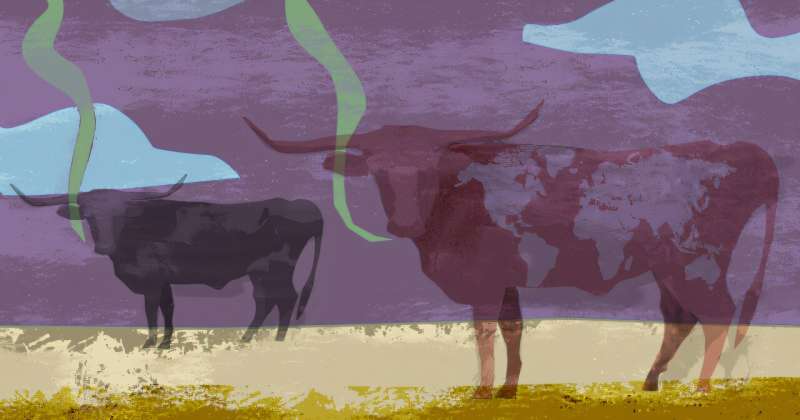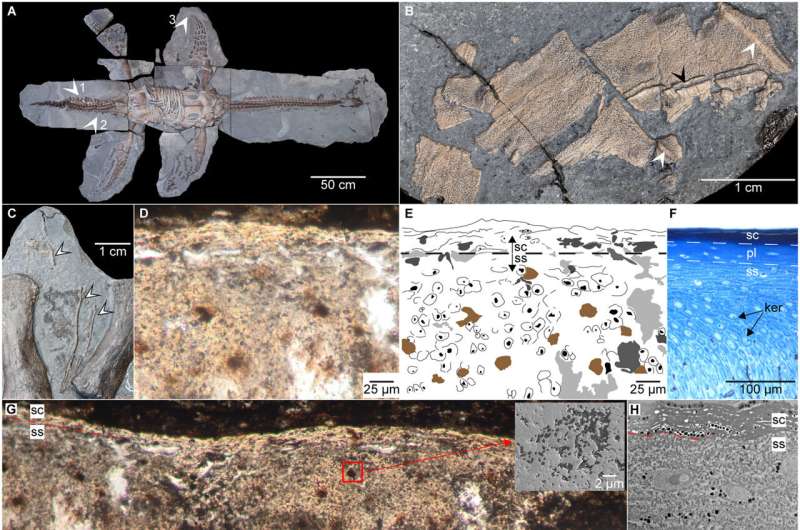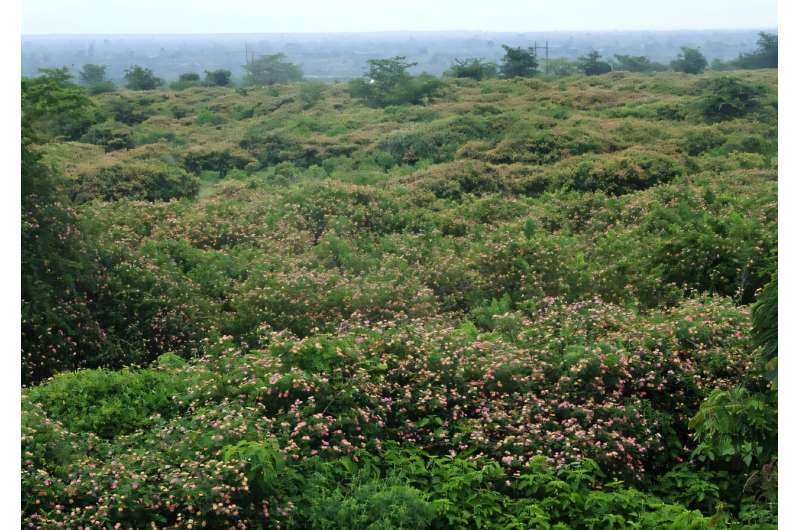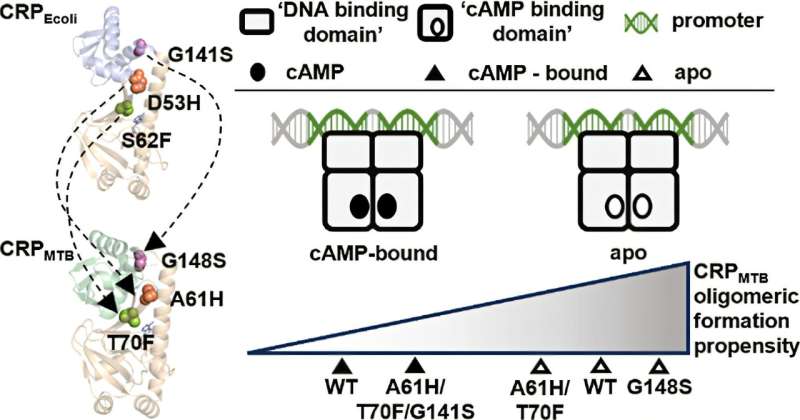Edit Content
Trending






New CABI-led research using publicly-shared DNA barcodes and citizen science images have provided new evidence on the establishment and spread of a biological control agent used for the control of the major invasive shrub Lantana camara.
Lantana camara was introduced as a garden and ornamental plant throughout the tropics and subtropics but is now pervasive throughout the Old World, invading woodlands, forestry, orchards, grasslands, and disturbed areas, where it displaces useful and indigenous plants.
Dr. Matthew Cock, CABI Emeritus Fellow, and colleagues took DNA barcodes from the Barcode of Life Data System (BOLD) and citizen science images from the iNaturalist and Afromoths websites to detect the establishment of the biological control agent Orphanostigma haemorrhoidalis (Guenée) (Lepidoptera, Crambidae)—which is used to tackle L. camara—in countries where it has not previously been reported.
In this research, the scientists used for the first time a combination of publicly shared DNA barcodes and citizen science images to assess the establishment and spread of an introduced weed biological control agent, O. haemorrhoidalis, as well as confirm historical distribution and establishment records reported in the literature.
Dr. Cock, and colleagues from Australia’s Department of Agriculture, Fisheries and Forestry, the United States Department of Agriculture (USDA) and MIA Consulting, found that there are two genetically distinguishable indigenous populations of O. haemorrhoidalis in the Americas, one in south-eastern U.S. and the other widespread in the rest of the Neotropics.
These two populations were introduced into different parts of the world and subsequently spread.
The scientists, whose research was published in the journal CABI Agriculture and Bioscience, used DNA barcodes from BOLD to clarify that a population from Florida is established in Hawaii, Australia and Fiji, while a population from Trinidad is established in parts of mainland Africa (including new records for Cameroon, Nigeria and Ghana), Madagascar, Mauritius and La Réunion.
New country records for O. haemorrhoidalis were established from iNaturalist images from Eswatini, Kenya, and Mozambique, and from Afromoths for Tanzania.
Dr. Cock said, “The DNA barcodes publicly shared by scientists on BOLD, and images shared by citizen scientists on iNaturalist, confirm the presence of O. haemorrhoidalis in much of its introduced range as well as several countries where it had not been previously reported.”
He said the use of unique Barcode Index Numbers (BINs) which are assigned to clusters of similar DNA barcodes, has enabled the introduction of O. haemorrhoidalis from Florida and Trinidad to be tracked separately.
Dr. Cock added, “Based on our findings, we conclude as follows. Orphanostigma haemorrhoidalis derived from Trinidad is now widespread in Africa and the Mascarenes and can be expected to continue to spread throughout sub-Saharan Africa where lantana occurs.
“Orphanostigma haemorrhoidalis derived from Florida is established in Hawai’i, Australia and Fiji and we assume is the BIN present on Norfolk Island and in the other Pacific countries where it is known to occur (Federated States of Micronesia, Niue, Tonga, and Vanuatu). Based on the evidence available, it appears that this is the only BIN established from the introductions into Hawai’i, and onward from there.”
In 2022, CABI scientists contributed to research published in the journal Plant-Environment Interactions which showed how L. camara reduced the growth of maize in East Usambara, Tanzania, by 29%.
They sought to gain a better understanding of immediate as well as legacy effects and of direct and indirect impacts of L. camara for improved management of invaded cropland.
Discover the latest in science, tech, and space with over 100,000 subscribers who rely on Phys.org for daily insights.
Sign up for our free newsletter and get updates on breakthroughs,
innovations, and research that matter—daily or weekly.
iNaturalist is an online social network of people sharing biodiversity information to help each other learn about nature. It is also a crowdsourced species identification system and an organism occurrence recording tool.
It can be used to record users’ own observations, get help with identifications, collaborate with others to collect this kind of information for a common purpose, or access the observational data collected by iNaturalist users.
Afromoths, meanwhile, provides an online database of the Afrotropical moth species (Lepidoptera), updated with the latest information obtained from 10,000+ published sources and studies.
The main objective of this searchable website is to make all relevant information on every Afrotropical moth species hitherto known, accessible to any user worldwide.
More information:
Cock, M.J.W. et al, Publicly-shared DNA barcodes and citizen science images provide new evidence on the establishment and spread of the lantana weed biological control agent, Orphanostigma haemorrhoidalis (Lepidoptera, Crambidae), CABI Agriculture and Bioscience (2025). DOI: 10.1079/ab.2025.0010
Citation:
DNA barcodes and citizen science images map spread of biocontrol agent for control of major invasive shrub (2025, February 7)
retrieved 8 February 2025
from https://phys.org/news/2025-02-dna-barcodes-citizen-science-images.html
This document is subject to copyright. Apart from any fair dealing for the purpose of private study or research, no
part may be reproduced without the written permission. The content is provided for information purposes only.
©2024. Livebuzznews. All Rights Reserved.